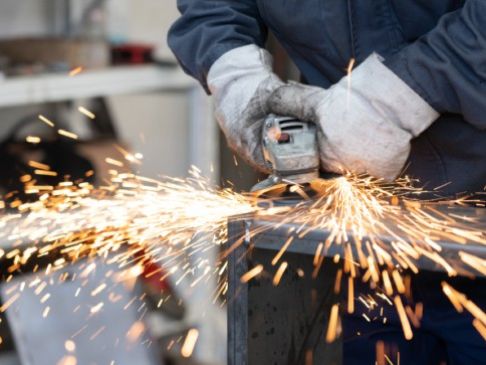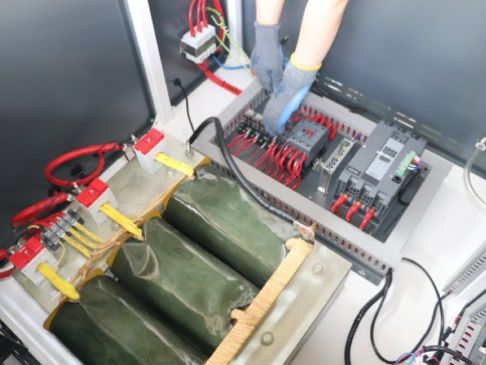Time:
laboratory Furnace operation
Like most other furnaces, laboratory furnaces use a heat source to heat a sample within the furnace chamber. Convective heat transfer is the process used to heat the furnace and works by either gravity or mechanical convection.
In gravity convection, warmer air displaces cooler air and directs it towards the heating element until the entire chamber reaches the desired temperature. This method is known to have poor uniform heat distribution, a longer preheat time, and energy waste compared to mechanical convection. Mechanical convection laboratory furnaces use blowers and baffles in the furnace chamber, which helps to heat the chamber quicker and more evenly, making them a more popular choice.
Typical functions that laboratory furnaces perform are drying, where moisture is removed from the sample, baking, where a sample is heated without dehumidification, and curing, where the sample is chemically or physically altered.

Related News

ndustrial furnaces are used globally for a wide range of applications. As the selection of applications grew, different types of furnaces were developed to keep up with demands.
ASHING FURNACES
Ashing furnaces are used to determine the amount of ash that forms after a sample is burned. Typical materials used as samples in ashing furnaces are petroleum products, lubricating oils, and coal.

Our furnaces can be used in high-temperature tempering, annealing, quenching and other
Get A Free Quote
Submit Request